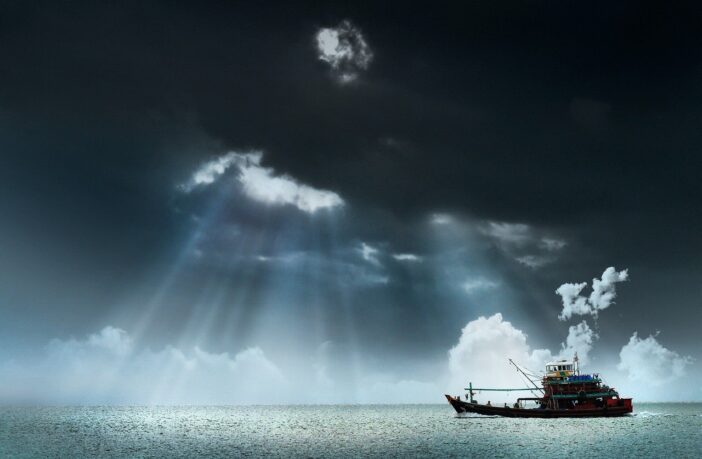A groundbreaking study published by a group of scientists in Nature Magazine has highlighted a major source of carbon dioxide emissions, which has up until now largely slipped under the radar.
The group’s research in mapping the ocean found out that bottom trawling in the fishing industry is responsible for releasing over a billion metric tonnes of carbon dioxide annually. To put that in perspective that is almost on a par with the emissions from the farming industry and more than the emissions from global aviation.
According to the scientist bottom trawling, where heavy-weighted nets are dragged across the sea floor, release around 1.47 billion tonnes of aqueous carbon dioxide from the marine soil every single year. And while that figure is 0.02% of all sedimentary carbon locked in the ocean, it represents nearly 20% of all atmospheric carbon dioxide being absorbed by the ocean annually.
“The ocean floor is the world’s largest carbon storehouse. If we’re to succeed in stopping global warming, we must leave the carbon-rich seabed undisturbed,” said study co-author Trisha Atwood of Utah State University.
“Yet every day, we are trawling the seafloor, depleting its biodiversity and mobilising millennia-old carbon and thus exacerbating climate change. Our findings about the climate impacts of bottom trawling will make the activities on the ocean’s seabed hard to ignore in climate plans going forward.”
The scientists hope that the revelation will help to create conservation strategies that will prevent overfishing, while at the same time preserving natural habitats and protecting the species that live there.
In particular the scientists think that a huge impact could be made if around 30% of the ocean was protected. Most of this is located within 200-mile Exclusive Economic Zones (EEZs) of coastal nations, as well as high seas like the Mid-Atlantic Ridge and Mascarene Plateau in the Indian Ocean.
“Ocean life has been declining worldwide because of overfishing, habitat destruction and climate change. Yet only 7% of the ocean is currently under some kind of protection,” said lead author Enric Sala, an explorer in residence at the National Geographic Society.
“In this study, we’ve pioneered a new way to identify the places that – if protected – will boost food production and safeguard marine life, all while reducing carbon emissions.”
“One notable priority for conservation is Antarctica, which currently has little protection, but is projected to host many vulnerable species in a near future due to climate change,” highlighted study co-author David Mouillot, professor at the Université de Montpellier in France.
Fellow co-author Reniel Cabral of UC Santa Barbara’s Marine Science Institute added that one thing is clear: “When overfishing and other damaging activities cease, marine life bounces back.”




